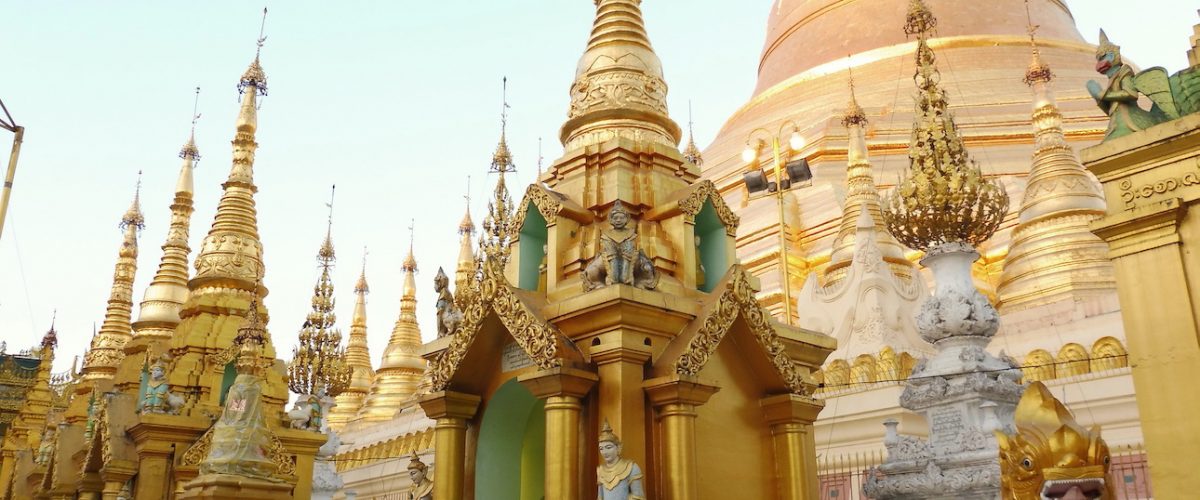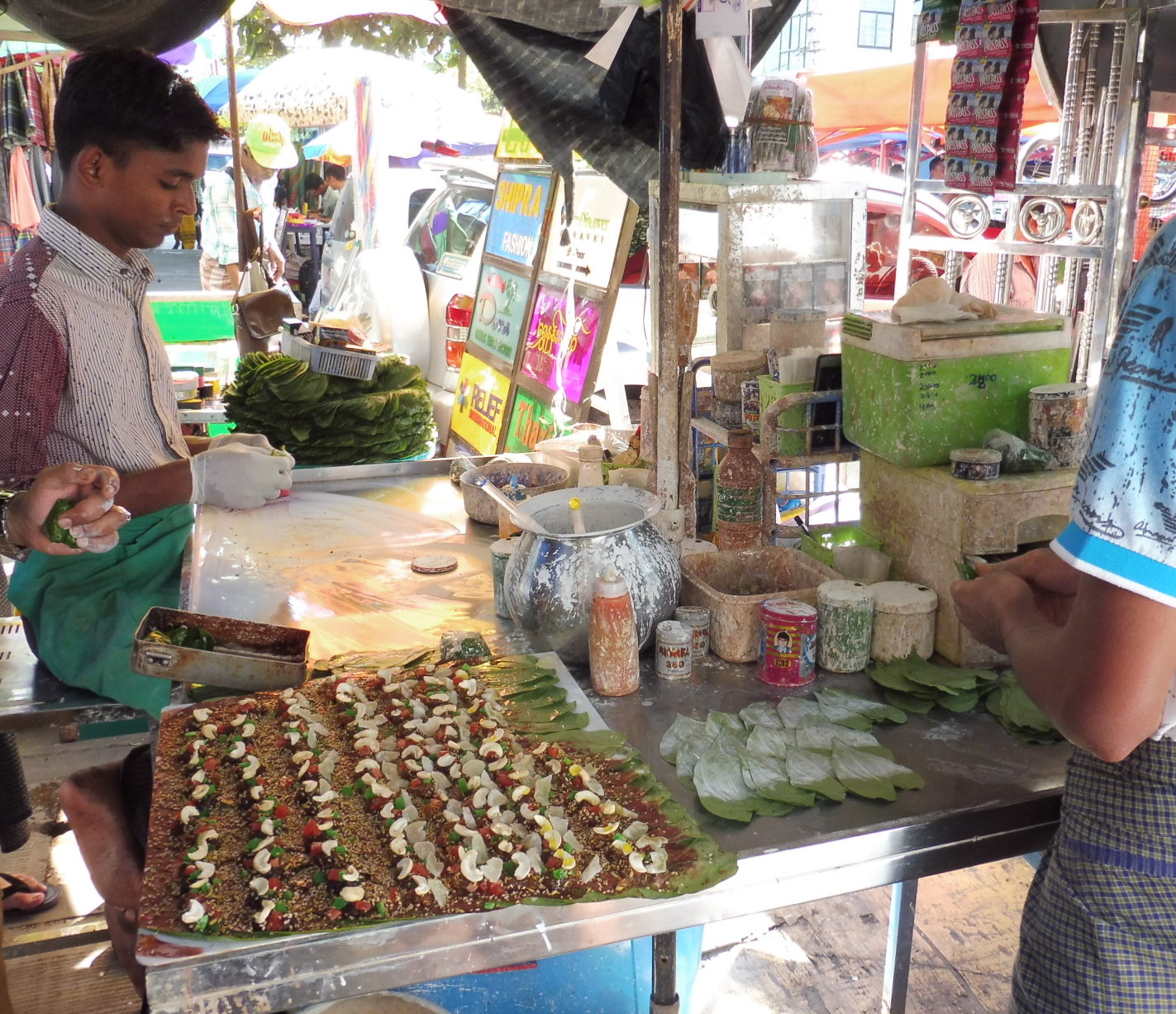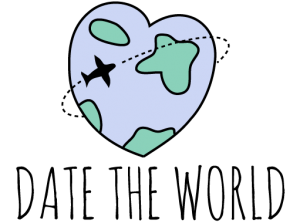What I learned on my trip through Myanmar


Myanmar is a very interesting and beautiful country to explore. Of course everyone is doing their research before visiting a country, but a lot of things you will only learn when you are actually there. So in this Blog, I will tell you about things that I learned while backpacking Myanmar: Information and a cost-breakdown that could help you plan your trip as well as personal impressions about the country.
Buddhism: 98% of the population are practicing Buddhists. The establishment of the Burmese culture and Buddhism goes back to the 9th century and especially Bagan became an important center for Theravada Buddhism. The temples, pagodas and stupas also belong to this religion. Before entering a temple, you have to cover your shoulders and legs and take of your shoes.
You can see monks everywhere participating in everyday life: in restaurants, cafés, shops and so on. All the monks we met were very friendly and some were open to talk to tourists and eager to practice their English skills. Usually the robes of the male monks are red and the robes of the Buddhist nuns are pink.
Every Burmese boy between the age of 12 and 20 has to live in a monastery for at least 7 days. Usually they stay in a monastery close to their village so they continue going to school during the day and after classes they go to the monastery. They help the monks with e.g. cooking, cleaning and feeding the animals.


Locals are very friendly and often greet you with a welcoming smile. They are not used to seeing foreigners, so sometimes they are staring curiously at you. Most of them don’t speak English, so it’s a bit hard to communicate, but they are helpful and eager to communicate and somehow we always found a way to understand each other.
Yellow faces: Many Burmese use Thanakha, which is a yellow paste, made from a tree and they powder their face with it. The paste is used as sun block and cosmetic – it’s supposed to cool and refresh the skin.
Food: The Burmese kitchen became one of my favorite ones. There is lot of Chinese and Indian influence and they have a lot of vegetarian dishes in every restaurant. I love the tasty Burmese salads with fresh local veggies and herbs, different ground nuts and sesame and my favorite one is the traditional Pennywort Salad.
Betel nuts: The chewing of betel nuts is very popular in Myanmar, almost every local is doing it. A Betel leaf gets coated in liquid calcium, then the betel nut, tobacco and/or other ingredients like seeds, spices or herbs are added and in the end the leaf gets wrapped like a little package. You can find little stands where vendors are selling it everywhere on the street. Many locals have a dirty red mouth and broken teeth from chewing these nuts and it’s very unhealthy. After chewing, the locals spit the Betel nuts out and the streets are stained with red blotches of it.


Traditional clothes: The Longyi is a long cloth that is tied up in a knot at the top. Almost all the Burmese men and women are wearing it. We bought a Longyi for 3 USD and the locals were delighted to show us how to wear it. If we tied it the wrong way, the locals on the street came over to help us fix it the right way… after making fun of us 
Temperature in January: In Mandalay, Bagan and Kalaw it is very hot during the day and it gets quite cold as soon as the sun is gone. You definitely need warm clothes for the evening/ night. The temperature gets warmer the more you move to the South of the country.
Bargaining: Bargaining is sometimes welcomed and normal, but not as usual as in other South-East Asian countries. You can bargain the prices down a bit, but they don’t start with ridiculously high prices. Most of the vendors are not hassling and as tourist I didn’t feel as ripped-off as in other countries.
Accommodation: Accommodation on a backpacker budget is very basic and often dirty. Prices for dorms/ rooms are a bit higher than in other South-East Asian countries. As an owner of a hotel/ guesthouse/ hostel you need a special license for hosting foreigners. You find more places and get better prices when you go directly to the guesthouses than booking online. There were always free rooms so you don’t need to book in advance. Breakfast was included in every place we stayed. If you want a western-style hostel, you can find the Ostello Bello Hostel in Bagan and Nyaung Shwe. The hostels are very modern and nice but also very pricy.
Safety: Myanmar feels like a very safe country; I never felt like being in danger of robberies or other criminal attacks. But of course letting your belongings unobserved is never recommended.
Transportation / How to get around:
- Taxis in the cities are very cheap – ask and bargain about the price before starting the ride.
- The trains are old, prices cheap and they leave and arrive on time. Riding them is an interesting and funny experience during which you can see more of the landscape and locals.
- The buses are clean and always on time. But our driver drove really fast and not carefully, so take motion sickness pills with you – it won’t make the near-death experience disappear, but helps your stomach survive the ride 🙂
- Scooters: From what I could find out, renting and driving scooters and motorcycles in Myanmar is restricted and often not allowed. In Mandalay it was no problem to rent one with fuel. In Bagan we could only get slow electro scooters for foreigners, which we had to return at 8 pm. In Inle Lake and Bago scooters for tourists are totally forbidden.

Money
- In Myanmar two currencies are used: the USD & Burmese Kyat (MMK). The exchange rate in January 2017 was 1.400 MMK for 1 USD, but in shops and hotels they often give you an exchange rate of 1.000. So depending on the exchange rate they give you, it’s better to pay in USD or MMK. This is also why you will find the prices in USD or MMK in my Blogs.
- Shops, hotels and banks only accept “fresh” dollar notes without any kink on it.
- Banks charge 5.000 MMK for each ATM withdrawal.
- Exchange offices have very good exchange rates and don’t add any fees – so changing Euros into MMK was cheaper than withdrawing from the ATM.
Cost breakdown (prices per person if not especially mentioned)
- Visa for 30 days: 50 USD (for Austrians and most other Europeans) Cheapest
- Accommodation: around 10 USD for a dorm or 20 USD for a double room
- Food: 0,70 to 3 USD for a meal
- Alcohol: Beer 1,5 – 2,5 USD / 1-liter bottle of rum: 2 USD.
- Entrance fee Bagan: 20 USD (no fees at temples!)
- Entrance fee Inle Province: 15 USD
- Trekking Kalaw – Inle: 35.000 MMK (2 days, 1 night)
- Transportation (there are also other ways to get around, these are the vehicles we used)
- Boat Mandalay – Bagan: 18 USD
- Trip Bagan – Mt. Popa: 30.000 MMK for whole taxi
- Bus Bagan – Kalaw: 15 USD
- Bus Inle – Bago: 21 USD
- Train Bago – Yangon: 1 USD (E-)
- Scooters: around 8.000 MMK for 1 day
- Bicycles everywhere for rent: 2.000 a day


[…] Myanmar is an amazingly beautiful country and has a lot of interesting places, ancient buildings and monuments to explore. The country gets more and more interesting for tourists, so if you want to go there do it soon before tourism and the western influence is rolling over the country. If you would like to learn more interesting things about Myanmar or get prepared for a trip to this beautiful country, read my blog What I learned on my Trip through Myanmar. […]